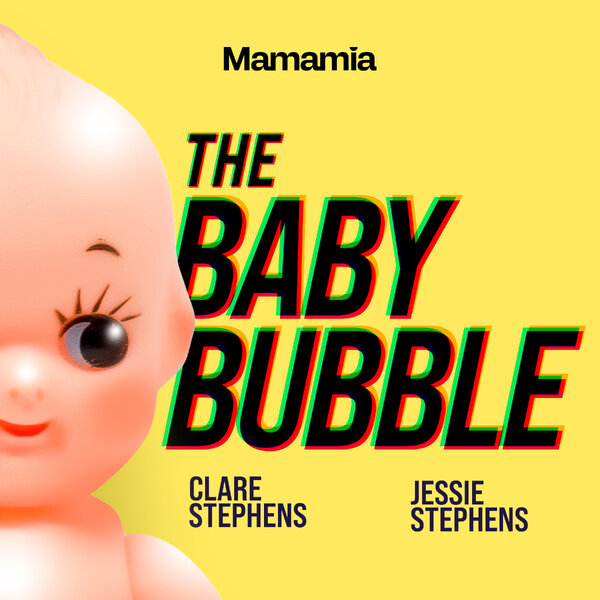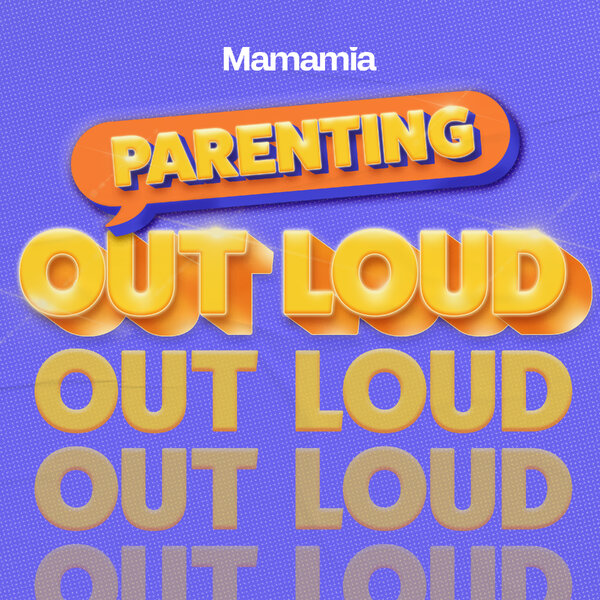
Ask any group of parents and chances are, there’s at least one who’s watched their child have a febrile convulsion – a seizure or fit associated with a fever.
It’s a terrifying experience for mums and dads, with many recalling it as one of the worst moments of their parenting lives.
Melbourne mum of two Rachel’s experience was no different. She watched her 20-month-old son Benaiah have what was discovered to be a febrile convulsion when they were on holidays overseas; her fear compounded by a language barrier.
“My husband Deelan and I were in Mauritius in March 2017 with our then 20-month-old son, Benaiah, to visit family,” Rachel tells Mamamia.
“One night we noticed Benaiah had an infrequent cough. We put it down to swallowing a bit of salt water and weren’t too worried.
“When we woke the next day and it was still happening, I concluded he seemed to have a sore throat and just a little bit of a temperature. We grabbed their equivalent of Panadol and gave him the appropriate dose, and did so until the next day.”
Rachel found that Benaiah’s temperature was the same the next afternoon, so she gave him some more medicine and prepared for a family visit.
“He was happy in the bath, splashing me and singing. At the end of the bath he still felt warm, so I sent Deelan to see if he could grab something like Nurofen.”



Top Comments
My son had febrile convulsions at around the same age, due to a high temperature brought on after having the flu vaccination. It was terrifying, watching my happy 21 month old playing on the floor then just blacking out, coming to then fitting in my husband's arms. Between the drive from home to hospital (about 10 mins) I noticed him have about 6 short convulsions, you feel so helpless. I'm definitely alot more wary of a high temp (now he's 10) and keep a close eye on him if it even goes about 37!